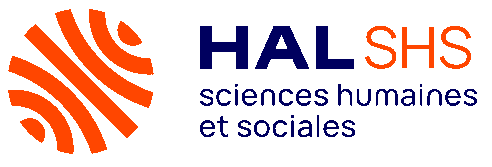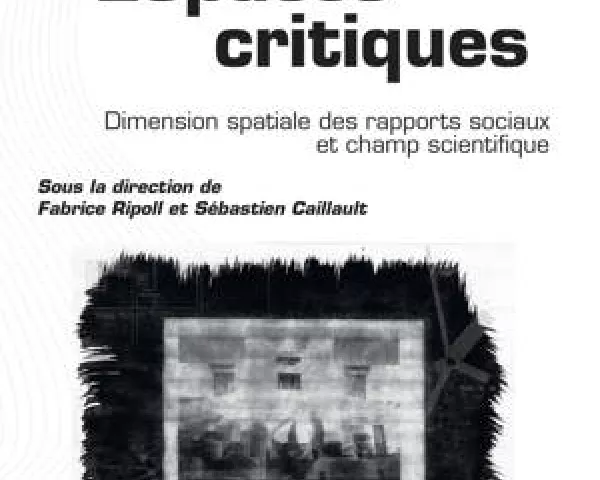Comparison of the implementation of a geographical model on two different agent-based platforms: Gama and Netlogo

Mahefa Mamy Rakotoarisoa, Aude Nuscia Taïbi, Théodore Razakamanana, Cyril Fleurant. Comparison of the implementation of a geographical model on two different agent-based platforms: Gama and Netlogo. GAMA Days 2024, Nov 2024, Online, France. ⟨ird-04892420⟩
In recent years, agent-based simulations have become increasingly popular in geography, with various platforms available to build spatially focused multi-agent models. Each platform has its own way of integrating geographical data and dealing with geographical phenomena but GAMA is particularly well-suited for the management of data from the Geographic Information System (GIS). Platforms and programming languages have their own unique features, this means that even when based on the same conceptual model, behaviors and results can differ depending on the implementation.Testing the same model across multiple platforms is the most effective way to ensure its reliability and minimize implementation biases. Although this "best practice" is still rare, it is crucial for strengthening model robustness. We implemented the same conceptual model on two different platforms, GAMA and Netlogo. To emphasize the geographical dimension, we used a conceptual model focused on flood evacuation. The overall results show similarities. The spatial distribution of results remains the same, indicating that the essence of the model has not been lost. However, noticeable differences appear in the outputs and functioning. These variations are influenced by several factors, with a significant portion arising from how each platform handles the integration of geographical data. These differences are described in this work, particularly GAMA's natural ability to manage geographical data and phenomena, as well as the necessary adaptations for NetLogo to perform the same task.









